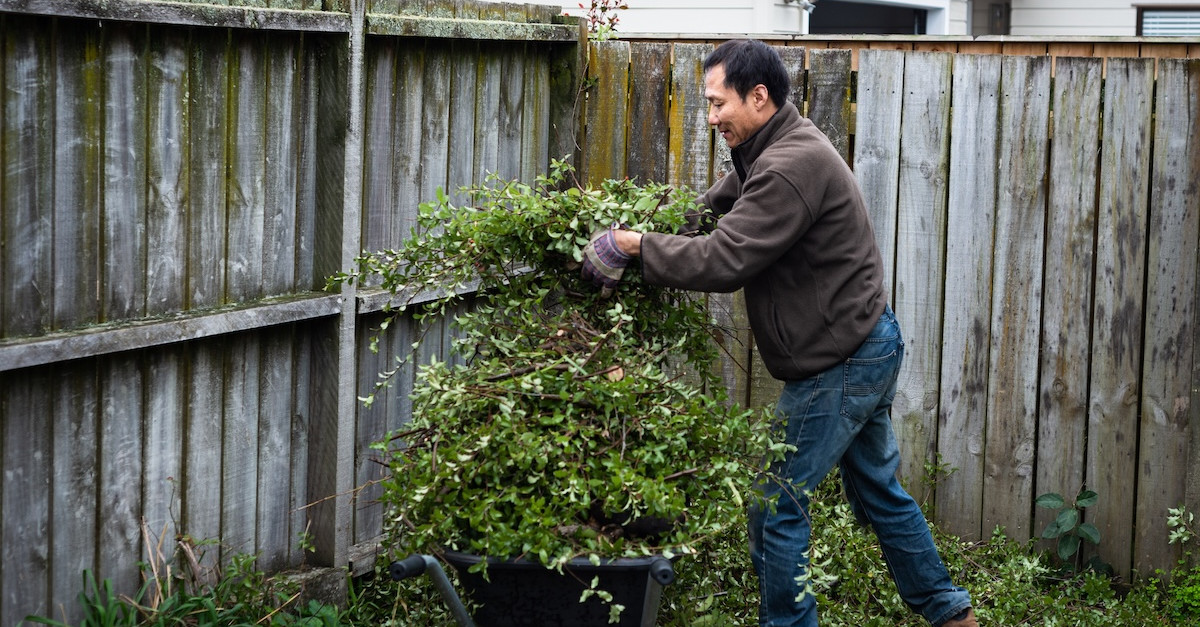Understanding Tree Roots: How Deep They Grow and How to Protect Them
It’s easy to get caught up in the beauty of a tree, from its majestic greenery to its outstretched limbs. However, what lies beneath the ground is equally important.
Understanding a tree’s root system is essential when it comes to promoting and maintaining its overall health and stability. Knowing facts about tree root depth, and how to support and protect root growth prove invaluable not only for the tree itself, but also for its surrounding environment.
How Deep Do Tree Roots Grow?
Most tree roots are concentrated in the top 6 to 24 inches of soil and can spread two to four times the diameter of the tree’s crown. Several factors influence tree root depth such as:
Tree Species: A tree’s genetics can determine what its root system will potentially look like. For example, trees on the larger end of the spectrum are known to have deeper roots, and the root distribution of shade trees can be shallow. However, soil conditions are eventually the deciding factor.
Soil: Soil types each have their own properties. Trees planted in soil with proper aeration and dependable moisture content helps promote deeper root growth. The same goes for soil with higher nutrient content. However, if the soil is compacted, waterlogged, or not aerated well, its oxygen levels will be lower and make for more shallow roots. And physical barriers such as building foundations and bedrock can cause roots to grow sideways instead of deeper into the ground.
Climate: Drier climates typically cause trees to have deeper roots, because they’re seeking water sources. On the other hand, trees growing in wetter climates tend to have more shallow roots as they stay closer to damp or waterlogged surfaces.
Keeping Tree Roots Healthy
The following are some basic tips to help promote tree root health and growth.
Mulching and Soil Care: Grab some organic mulch, such as shredded bark or wood chips, and spread a 2 to 4-inch layer around the base of the tree without touching the trunk. Proper mulching helps regulate soil temperature and moisture and can improve soil health and structure.
Watering: Watering your trees is one of the most important parts of keeping them healthy, but it can be tricky to say exactly how much water they need due to climate and other factors. Keeping the soil moist to a depth that includes the entire root system is known as deep watering. This can assist in speeding up the root establishment. However, too much water can harm a tree. A good rule of thumb is making sure that damp soil is allowed to dry for a short period of time so enough oxygen can permeate the soil.
Protecting Tree Roots: Trees are unable to thrive if their soil is compacted. Mulch can help discourage foot traffic underneath the tree canopy, which should be kept to a minimum. Exposed roots shouldn’t be cut. Doing so could result in destabilizing the tree and making it susceptible to disease. Make sure to protect the tree’s root system during any construction project by fencing off the root zone.
Let Us Help Your Tree’s Root System Thrive
If you have questions regarding your tree’s root system, call Premier Tree at 404-252-6448 or schedule a complimentary assessment online.






